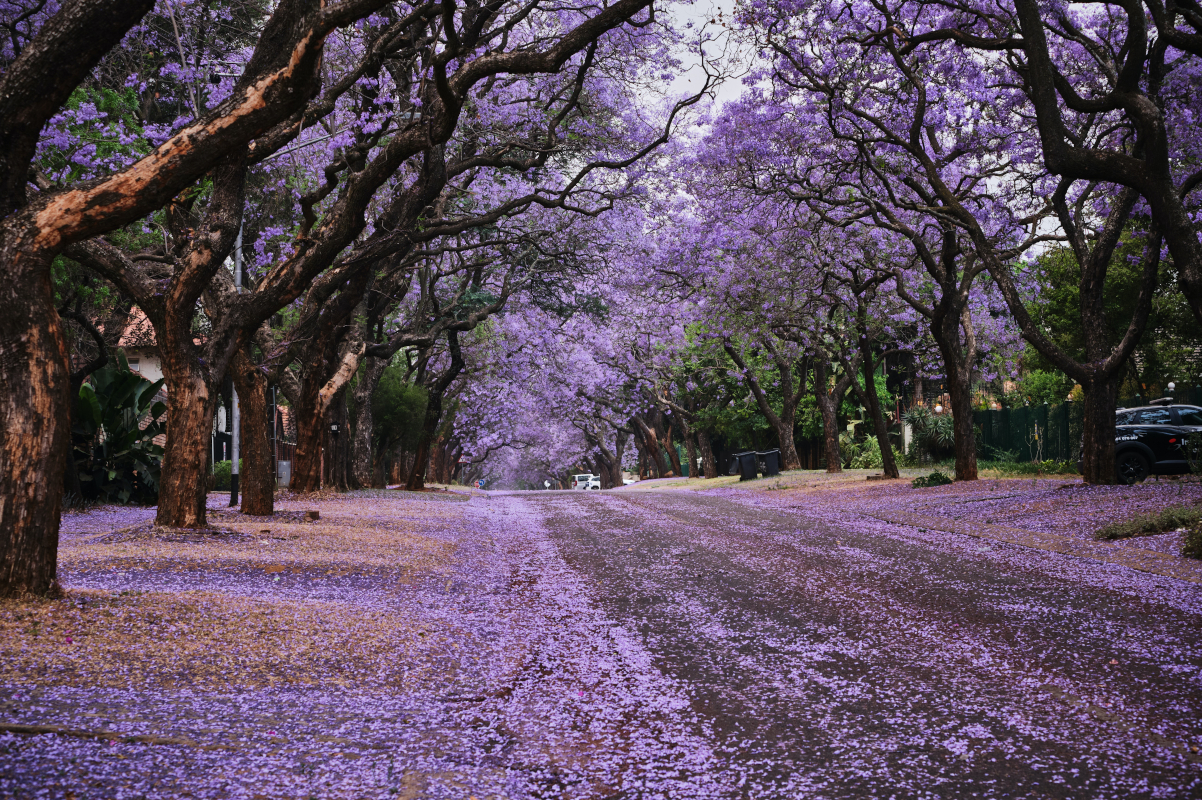Like us, most gardeners are facing a future of increased desertification, meaning more and more dry and arid months. Water conservation is not just important, it’s imperative. One of the most effective ways to minimize water use in the garden is to plant varieties that have a minimal need for it.
Thankfully, there is a plethora of amazing array of drought-tolerant edible plants to enjoy, allowing you to reduce water use and still reap bountiful harvests.
Below is a list of our favorite drought-tolerant edible plants.
| Drought-Tolerant Plants | Additional Benefits & Uses |
|---|---|
| Bay Leaf | An edible spice commonly used to flavor food. You can also add it to stored grains to help deter bugs. |
| Carob | Fixes nitrogen in the soil, feeding plants around it. This fertilizer tree is also edible, with a taste similar to chocolate. Carob is pet friendly, too. |
| Che | |
| Coyote Mint | A California native that attracts pollinators with its beautiful purple flowers. A non-invasive mint variety. |
| Dragonfruit | Comes in multiple juicy flavors with large gorgeous flowers. |
| Fig | |
| Goji Berry | Can be invasive. |
| Grapes | Mulberry trees are a great companion. |
| Jamaican Cherry | Great tree, growing caramel-flavored fruit berries. Fast-growing tree for quick shade. |
| Jerusalem Artichoke | The flowers are insane — huge and bright purple. Also a favorite of bees. |
| Jujube | Can be invasive. Can be eaten fresh or dried for a marshmallow-like texture and apple-like taste. |
| Lavender | Dry it out and use it as potpourri and put it in small cloth bags for the fragrance to make your clothing smell good. The oil can be used in cooking, diffusing, and DIY skin care. |
| Loquat | |
| Macadamia Nut | |
| Mesquite | Fixes nitrogen in the soil, fertilizing the plants around it. Its wood is beautiful for furniture and building. Spiky varieties are good for fencing. Companion plant with prickly pear for a denser edible fence. Makes edible pods for animal fodder. Pods are ground to flour for humans. The beautiful flowering tree adds mulch from its dropped pods and leaves. |
| Mulberry | Enjoy delicate fruit from a hearty tree. |
| Natal Plum | |
| Olive | |
| Oregano | |
| Palo Verde | Edible pods for both humans and animal fodder. Beautiful yellow flowers and adds mulch from its dropped pods and leaves. This is a nitrogen-fixing tree fertilizing the plants around it. |
| Passionfruit Vine | |
| Persimmon | |
| Pigeon Pea | Fixes nitrogen in the soil fertilizing the plants around it. Can be used as animal fodder. Peas can be ground into edible flour. Beautiful pea-like blooms in yellow and red, draw lots of bees and hummingbirds. Great tree for new trees started out to grow by as it lasts about 5 years and enriches the soil around it. |
| Pineapple Guava | Great hedge for dense fencing. |
| Pomegranate Tree | |
| Prickly Pear Cactus | Its spiky exterior is good as edible fencing around yards. |
| Rosemary | Oil can be diffused and used in skincare and home fragrances. Woody sprigs are great for cooking kabobs. Leaves are a commonly used herb to flavor foods. |
| Sage | Oil can be diffused and used in skincare and home fragrances. Leaves are a commonly used herb to flavor foods. Some people burn it once dried believing it purifies a space spiritually. |
| Strawberry Tree | Edible berry tree with fruit that is said to taste like strawberries. |
| Thyme | An herb commonly used to add flavor to food. |
An enormous amount of water is currently wasted on poorly planned agricultural designs, monocultures, and grass lawns.

Did You Know?
Some trees not featured on this list become drought-tolerant with age as their roots expand horizontally and vertically. Over time, the root system reaches out and soaks up more water from rainfall, ultimately growing deeper tap roots to take advantage of water stored deep in the earth’s aquifers.
White Mulberry trees, Oreganillo plants (a native oregano plant), Huckleberry (a tasty blueberry-like berry bush; look for darker berry plants, as they tend to be sweeter), and Roger’s red grape vines are some drought-tolerant California natives that we recommend.
Herbs like thyme, lavender, oregano, rosemary, or sage do well in pots with minimal water, as long as they are provided partial shade. Some plants on the list above are noted to be invasive, which makes them great options for planting in pots.
Drought-tolerant refers to plants or organisms that have the ability to survive and thrive in environments with limited or no access to water. These plants and organisms are adapted to retain water efficiently and can go for extended periods of time without water. They often have deep root systems that can access underground water sources or can store water in their leaves, stems, or roots. Drought-tolerant plants are commonly used in landscaping, agriculture, and natural resource management, as they require less water than other plants and are more resilient in dry conditions.

Leave a Reply